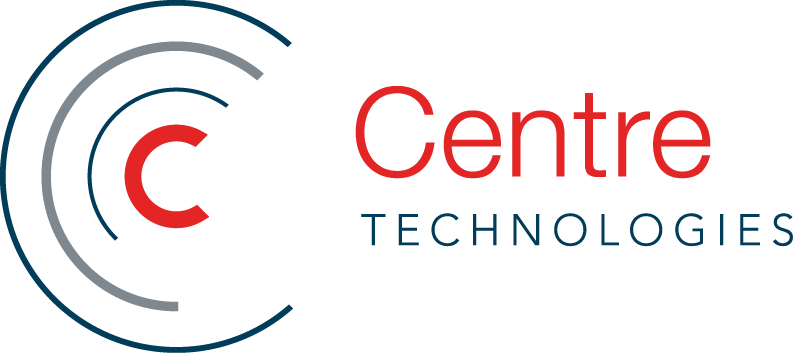IT Support for Healthcare: The COVID-19 Cybersecurity Crisis
The COVID-19 pandemic has fueled big changes in the healthcare industry, including everything from telehealth expansion to the rapid deployment of temporary hospitals. Unfortunately, alongside the large influx of telework, mobile tech, remote care, and temporary hospitals, there has also been an increase in cyber threats.
The uptick in cyber attacks during the worldwide pandemic is happening extremely fast, as cyber criminals are taking advantage of new opportunities to access and use sensitive data such as patient health records or credit card information. Hackers’ main targets include virtual private networks (VPNs), remote workers, and cloud service platforms.
This new threat landscape could have major and lasting consequences for healthcare organizations, making it crucial for them to have a line of defense ready to combat any attacks. Read on as we discuss the added risk of cyber crime for this industry, some commonly overlooked security elements, and why IT support for healthcare is an essential tool right now.
Added Cybercrime Risks for the Healthcare Industry
Given the pace and scope of the deployment of remote technologies and temporary sites, healthcare organizations need to ensure that they are adequately protected from cyber threats. Because these extra healthcare facilities are typically extensions of hospitals and doctors’ offices that pop up under extreme emergency circumstances, cyber security infrastructure is more of an afterthought. The resulting shortage of security provides hackers with more opportunities to target the healthcare industry. Moreover, critical patients’ lives often depend on medical devices that are backed by technology, making it even more crucial to keep tech in this industry protected against malicious cyber attacks.
In addition to the above risks, the increase of people working from home has accelerated the amount of cyber attacks, as these employees are working outside of the enterprise’s perimeter defenses. Furthermore, many organizations are dealing with an uptick in the number of new apps being hosted in the cloud or in a public cloud space, and the industrial usage of mobile devices has skyrocketed in the past five years, with a notable increase occurring within the healthcare sector. In fact, 25 percent of healthcare providers faced a mobile-related breach in 2018.
To regain visibility and control into the new “normal” of accessing data via the cloud, it becomes difficult to assess where the control needs to be inserted. With telehealth especially, device security becomes extremely important for healthcare organizations. This means that providers need internal tools to handle the exploits that come with remote care.
Commonly Overlooked Security Elements
In order to address some the potential risks associated with cybersecurity in healthcare, organizations should be reviewing areas where security may be lacking. A good place to start would be with visibility. Analyzing and managing cyber risk across the digital landscape can be difficult because security teams might not be aware of everything that exists within their digital assets. These teams need to have visibility into these assets to effectively protect private data, regardless of where it is located. For example, a study found that the average number of connected devices in healthcare organizations was about 10,000, and that does not even cover the broader connected systems. For about half of those organizations, a lack of digital asset visibility caused a whole slew of vulnerabilities.
As the number of remote technologies, mobile devices, and other devices increases amid the pandemic, the need for visibility is also increasing. This is especially true for VPNs, remote environments, new cloud instances, and makeshift clinics. A good rule of thumb is that you cannot secure what you cannot see, meaning that visibility is key.
The Importance of IT Support for Healthcare
Throughout the COVID-19 crisis, security researchers and federal agencies have shared insights regarding common fraud methods, attack techniques, and vulnerabilities that are being leveraged by hackers. The overlying theme in all of these attacks is credential theft. Because employees and other users are often accessing cloud applications by reusing credentials, they have for personal email accounts, phishing scams are on the rise. Employee education and strong password policies can help to strengthen healthcare organizations’ defenses against these attacks, but sometimes this is not enough. Enlisting the assistance of a managed service provider that specializes in IT support for healthcare can prove to be the extra boost you need to remain unscathed by malicious cyber attacks.
With the coronavirus pandemic still heavily impacting the lives of people across the globe, healthcare providers have to learn quickly how to not only slow the spread of the virus itself, but also slow the spread of cyber crime in their industry. If your healthcare organization is in need of a serious cyber security overhaul, contact us at Centre Technologies today. As your Texas friendly IT provider, we are happy to help you keep your enterprise’s sensitive data safe and sound by building a strong line of defense against modern-day cyber threats.
Be a thought leader and share:
About the Author
Organizations entrust Centre with protecting their technology ecosystem and strengthening their security posture. Centre’s cybersecurity and compliance solutions delivers layered IT security to protect businesses’ employees, customers, and content from known and unknown threats. Through employee awareness training, detailed security assessments, and 24x7 threat containment, Centre is a trusted partner for businesses seeking comprehensive network and data protection. Learn more about Cybersecurity and Compliance »



